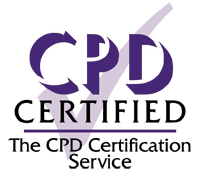7 November 2018
But for the clumsiness of increasing the number of letters in the acronym, ‘ENT’ would have grown to include recognition of the subspecialties of skull base surgery, facial plastic surgery and paediatric ENT surgery, of which management of ENT problems in children has seen perhaps the greatest development.

